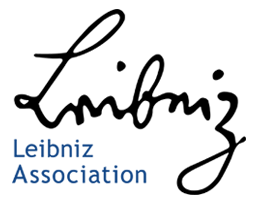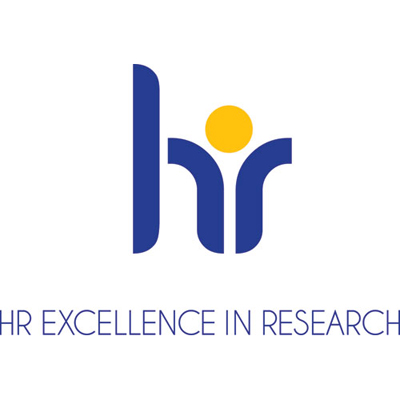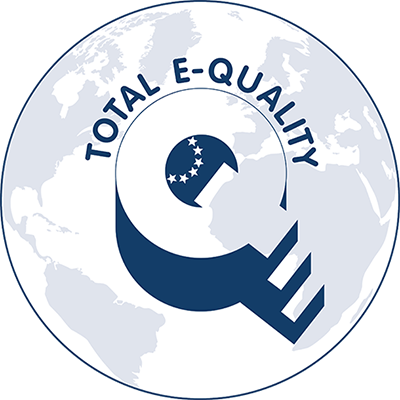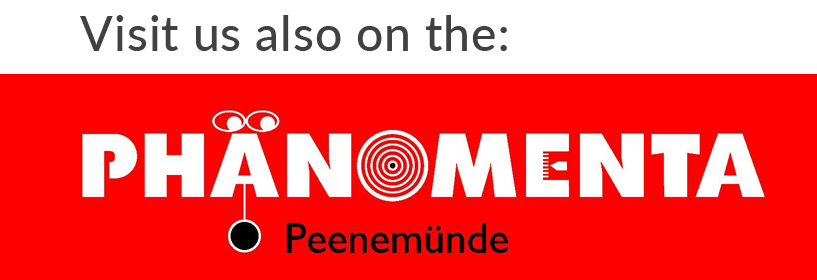Plasma sources
The development and characterization of plasma sources and systems is a core competence of the INP. Special emphasis is put on activities for the development of atmospheric pressure plasma systems. Diagnostic, control and feedback control systems can be an integral part of the devices. For the development of the devices, the INP has special laboratories where the plasma sources are designed, manufactured and characterized. Components and assemblies can be fabricated on-site using rapid prototyping technologies such as 3D printing and laser cutting. This enables direct implementation of novel concepts in the devices.
Development is also carried out in collaboration with partners from industry, thus realizing a technology transfer. All developed devices and systems are consistently developed according to the requirements of the respective application right from the concept stage. In addition to the plasma source development, a basic characterization of the devices is carried out, as well as the integration into complete systems and the development of peripheral modules such as high-voltage generators.
The plasma sources department is responsible for the design and construction of electrical and mechanical assemblies. Electrical and electronic circuits are designed and functionally simulated, and circuits are also implemented in printed circuit boards that are manufactured on site. Since 2021, a state-of-the-art laser system has been available for this purpose. Mechanical assemblies are developed in CAD workflows and manufactured using the optimum technology in each case, depending on the requirements for materials and design features.
The basic characterization of the developed plasma systems is carried out by electrical, optical and spectroscopic investigations. This area includes, for example, FTIR spectroscopy for gas phase analysis, with which plasma-generated reactive species (e.g. H2O2, NOX, O3) can be detected down to the ppb range.
Some of our instruments are presented on the INPTDAT platform at https://www.inptdat.de/search/type/plasma_source
Technological equipment
Like all products used in medicine, the development of medical plasma sources is subject to stringent requirements. These requirements are met by taking into account the legal requirements (e.g. standards for electrical safety) already in the development stage. In addition, analyses of approval-relevant parameters such as emissions and leakage currents are carried out.
For research purposes in agriculture, plasma sources are used to treat seeds, for example to improve germination. Furthermore, plasma systems are used for the treatment of liquids. One of the central engineering challenges of system development in this field is the scaling of the systems. For preliminary tests on a laboratory scale, small functional demonstrators are optimal. For applications beyond that, including in research environments, significant upscaling is required while maintaining many critical operating parameters.
Plasma sources for control of chemical or microbiological contamination are designed as assemblies for integration into application-specific equipment and systems. This can be used to implement applications in indoor air hygiene, exhaust gas treatment and decontamination of surfaces. For example, a plasma applicator for decontaminating grab rails and handrails was recently developed jointly with industrial partners as part of a ZIM project. Furthermore, plasma devices for the degradation of contaminants in water (e.g. pharmaceutical residues) as well as systems for the recovery of thermo-sensitive substances from microalgae by means of spark discharges are being developed.
In larger systems, interaction of plasma sources with other modules may be necessary for diagnostic, control and feedback control purposes. To ensure optimal compatibility between different components, close coordination with project and research partners always takes place during development. Furthermore, in addition to the plasma sources, peripheral devices and systems are also developed in-house if required.




































